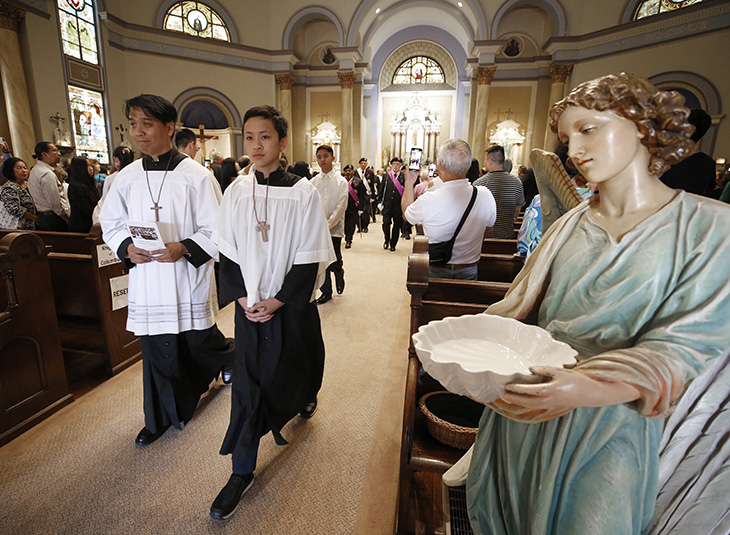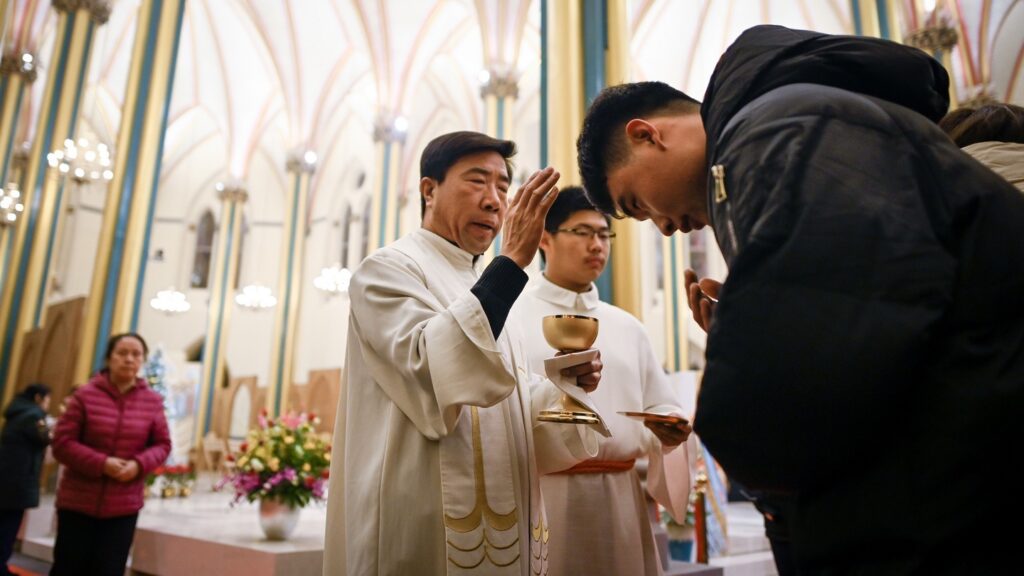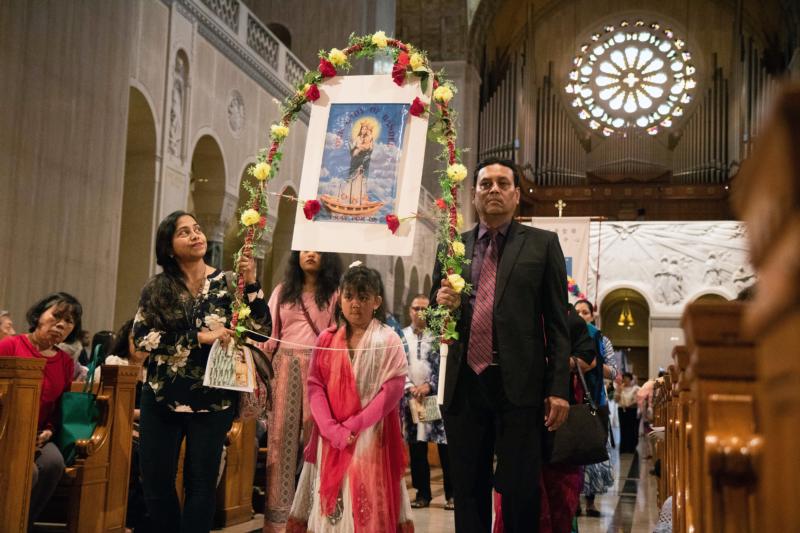BANGKOK – Across Asia, a quiet shift is taking place as Christianity continues to gain followers. This change is happening in big cities like Seoul as well as in small, rural communities throughout Thailand, Cambodia and Vietnam.
More people are choosing Christianity and joining the Catholic Church, with steady increases showing up in recent data. These changes are shaping the future of religion across the continent.
Recent reports highlight the steady rise of Christianity in Asia. The Vatican’s Annuarium Statisticum Ecclesiae 2023 shows the Catholic population in Asia grew by 0.6% from 2022 to 2023, reaching about 153.3 million people.
This group now makes up 11% of all Catholics worldwide. Most Asian Catholics live in the Philippines and India, home to 93 million and 23 million Catholics, respectively. The wider Christian population, which includes Protestant and independent churches, has grown even more. The Center for the Study of Global Christianity estimates there were 389 million Christians in Asia in mid-2022, with forecasts suggesting this number could rise to 460 million by 2025.

What’s Behind the Rise?
South Korea has seen a strong rise in Christianity since the 1960s and now sends more missionaries overseas than any country except the United States. Mongolia, where Christianity was almost unknown in the 1990s, now has hundreds of Christian groups and churches. Even countries with strict governments or deep Buddhist traditions, such as Vietnam, Laos, and Myanmar, are seeing more people turn to Christianity despite challenges.
Several reasons help explain why more people in Asia are choosing Christianity. Many are looking for deeper meaning as cities grow and life speeds up. Traditional beliefs like Buddhism and folk religions have lost followers, dropping from over half of Asia’s population in 1900 to less than a quarter by 2020. Christianity’s message of hope and community appeals to many, especially younger people and those living in cities.
Christianity’s ability to blend with local customs also helps. In India, Christian ashrams and culturally sensitive practices make the faith more approachable. In South Korea, large churches and energetic worship services draw in many, especially those comfortable with technology.
Churches often get involved in daily life, offering support in areas like education and charity. Catholic institutions in Asia now operate 1.3 million schools and over 12,000 hospitals, orphanages, and care centres, helping millions each year.
Missionary work remains important. While Western missionaries once led outreach, today local church leaders play a bigger role. In China, house churches have grown despite strict rules. South Korea sends thousands of missionaries abroad every year, showing the strength of Asian-led outreach. In Indonesia, Christian groups are growing in the eastern regions, supported by steady population growth and grassroots efforts.
Migration also helps spread Christianity. In the Arabian Peninsula, many Christians are migrant workers from the Philippines who bring their faith with them. Singapore’s Christian community grew from 12.7% of the population in 1990 to 17.5% in 2010, with some of this growth coming from conversions among Chinese Singaporeans.

Challenges Along the Way
Growth has not come without struggle. In many parts of Asia, Christians face harsh restrictions. In China, believers face surveillance, arrests, and limits on teaching religion to children. Estimates put China’s Christian population between 85 and 130 million, many of whom worship in secret. In places like Indonesia and Myanmar, Christians face violence and discrimination. Yet, the faith continues to grow, often underground.
Cultural resistance is another obstacle. In China, some Christians mix church teachings with folk traditions, leading to debates about the faith’s core beliefs. Critics worry that rapid growth can water down traditional practices, but many Asian Christians say their cultural customs, such as honouring ancestors, can go hand-in-hand with their faith.
The Catholic Church has seen continued growth across Asia. In 2021, there were 153.3 million Catholics in the region, an increase of 1.49 million from the year before. Southeast Asia, including countries like the Philippines and Timor-Leste, stands out for strong Catholic communities. Pope Francis has visited Asia six times since 2013, showing the Vatican’s focus on the region.

Catholic Church expanding
Catholic institutions are expanding as well. The number of priests rose by 1.6% in 2023, reaching 71,751. Asia now trains 28.6% of the world’s prospective priests, suggesting future leaders will come from within the region and help support continued growth.
The growth of Christianity in Asia is shifting the global picture. In 1900, almost all Christians lived in countries where Christians were the majority. By 2022, that number had fallen to just over half, with more Christians now living in Asia and Africa. By 2050, nearly half of all Christians are expected to live in countries where Christians are not the majority, with about 17% of the world’s Christians in Asia.
This change is making Christianity less tied to Europe and more connected to different cultures. Some worry that rapid changes in society could bring about the same loss of faith seen in Western countries. For now, though, the growth looks set to continue, driven by people’s search for meaning, active communities, and the ability to adapt in the face of hardship.
As one Filipino Catholic put it: “Our faith gives us strength. It’s not just about numbers, it’s about changed lives.” Across Asia, those stories are multiplying, marking a new chapter for Christianity in the region.






